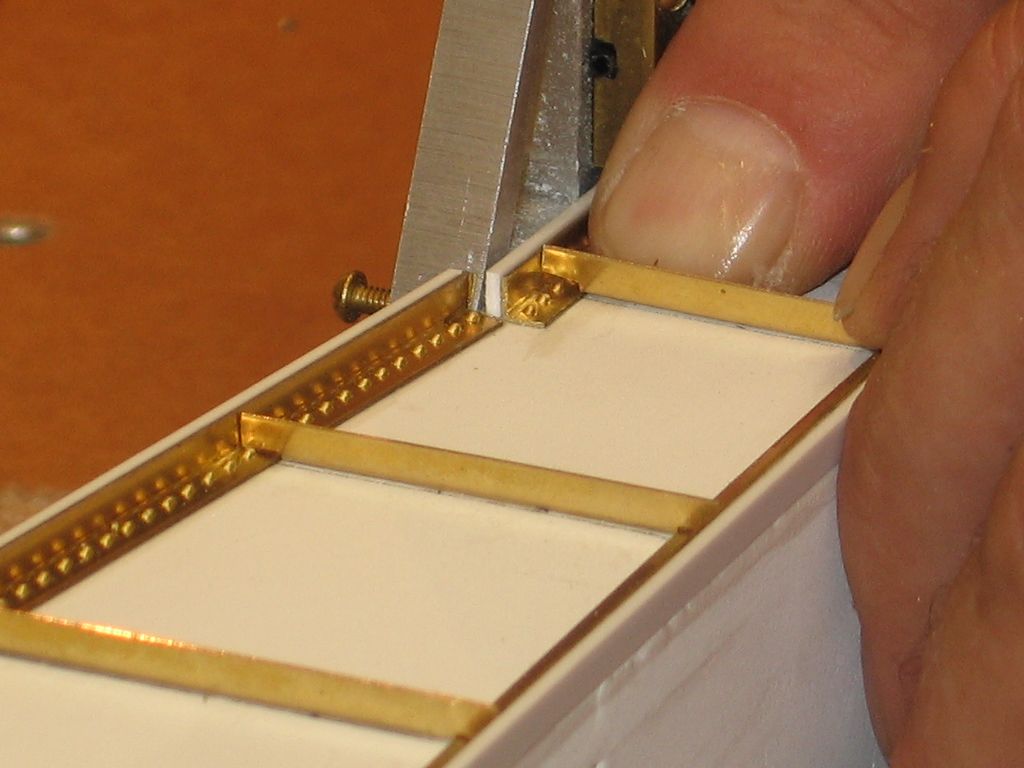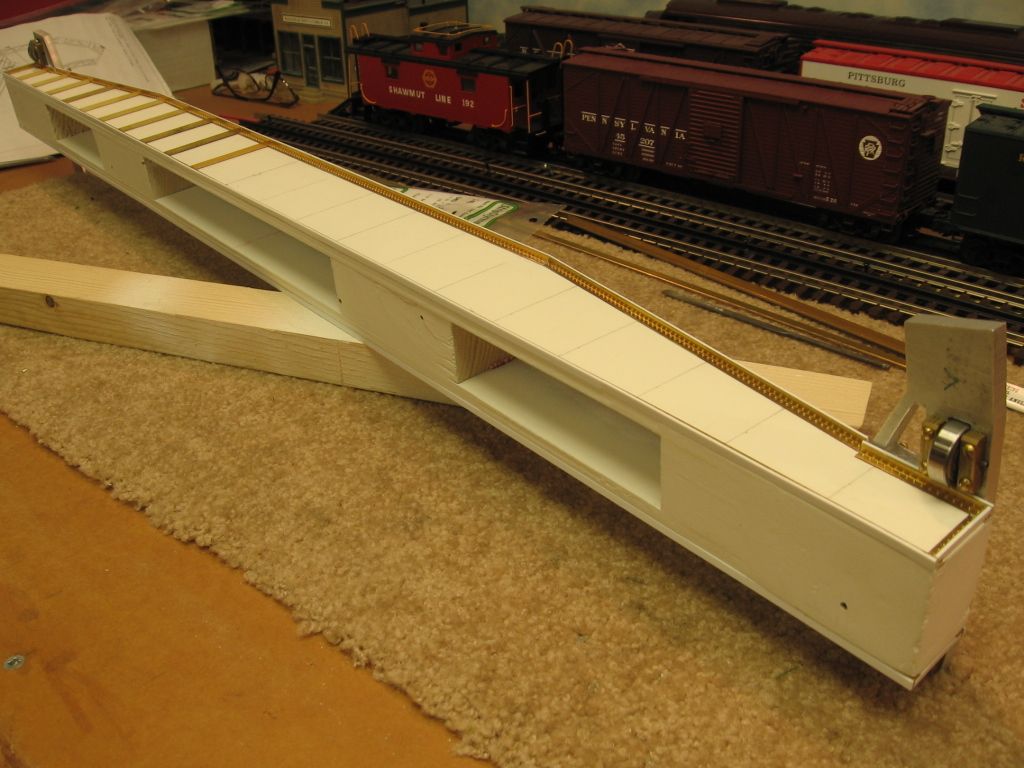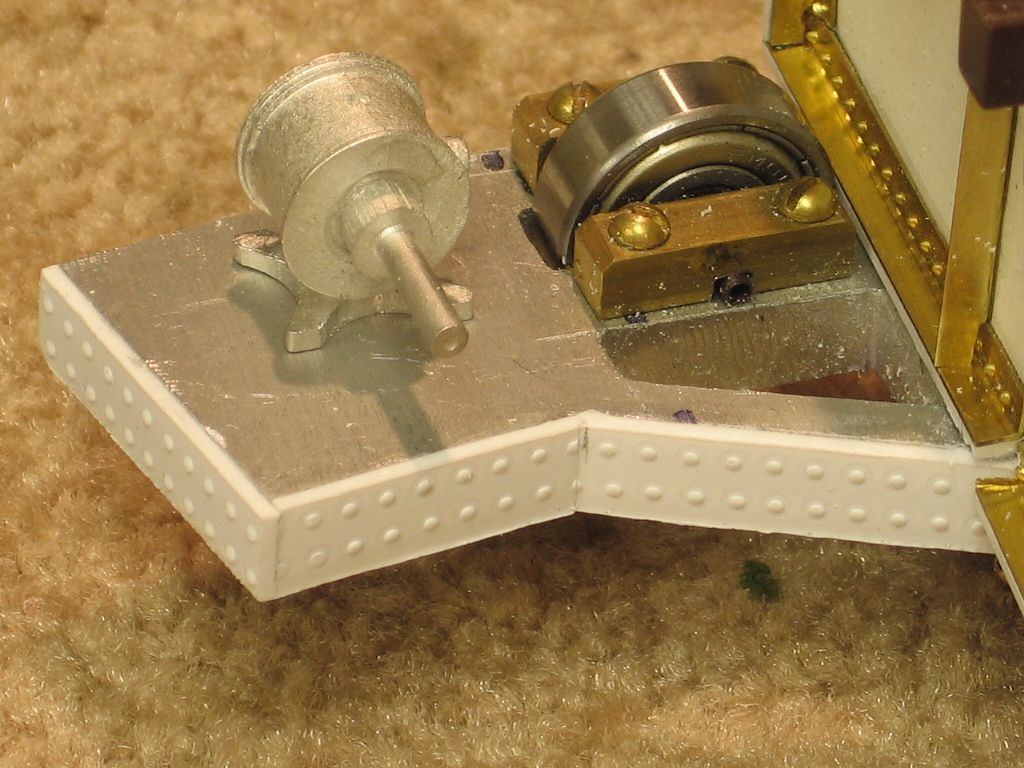Any picture of the situation?
Couple thoughts...
If your plastic platform is one of the so-called slippery plastics...e.g., Delrin or its generics...you may not succeed.....even with epoxy. One test I'd try to evaluate the plastic would be to put a small drop of a weld-type plastic adhesive...e.g., Tenax, Pro-Weld, Same Stuff, etc....on the plastic in an inconspicuous place. After a few seconds, check with your finger or a toothpick to see whether the plastic has been softened by the adhesive. If so, your choices are better....epoxy might work....I would've thought CA would, too.
That said, is there any chance you could drill some small holes near the edge of the platform into which you could insert the railing posts? Anything like that that gives some mechanical advantage will help with an adhesive bond.
If the platform posts were long enough, you could bend them for a short length at 90-degrees to provide a tang to bond to the underside of the platform. The more surface area you can get between the two parts/materials, the better the chance of success.
But, a picture or two might get additional forum ideas.
FWIW, always....
KD







